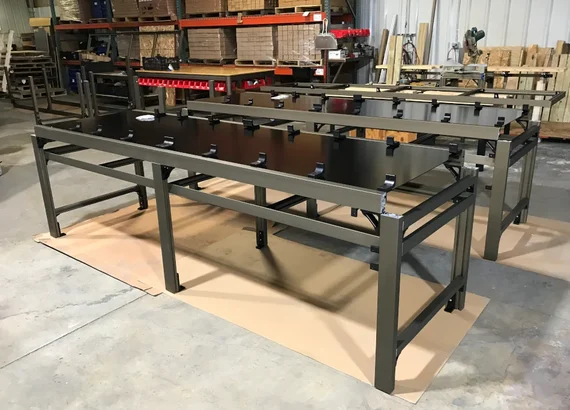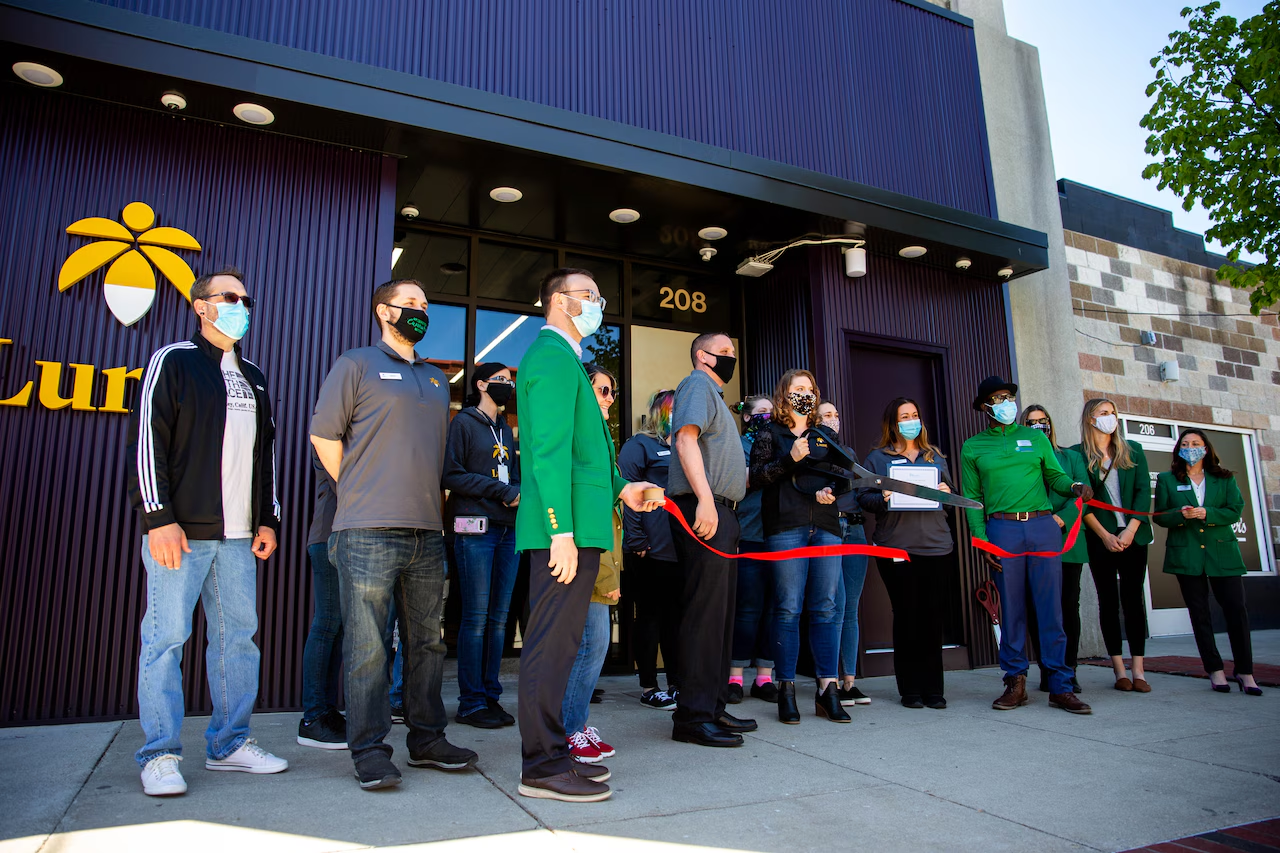What You Do Not Know About Fastening and Support Systems in Aluminum Framing

Most people see aluminum framing as a simple, lightweight structure, but the real magic lies in the details that keep it strong and stable. The way fasteners, anchors, and bracing systems are designed can mean the difference between a reliable frame and one that fails under pressure. Here are some lesser-known facts about fastening and support systems that make aluminum framing more durable and efficient than it seems.
Hidden Reinforcement Techniques That Prevent Frame Weakness
Not all structural reinforcements are visible to the naked eye. Many aluminum framing systems rely on concealed reinforcement techniques to maintain strength without adding bulk. These methods include internal gussets, multi-layer extrusion designs, and strategically placed reinforcements that distribute weight evenly. This hidden support system ensures that the frame remains rigid under heavy loads while preserving its sleek, lightweight profile.
By reinforcing key stress points internally, aluminum framing can handle far more than its weight suggests. This is especially important in applications where aesthetics matter just as much as strength. From architectural structures to industrial frameworks, these hidden techniques allow aluminum to compete with heavier materials while offering greater flexibility and corrosion resistance.
High-Tension Fasteners That Keep Joints Secure Under Load
Standard screws and bolts may work for simple connections, but aluminum framing demands a different level of fastening. High-tension fasteners are designed to grip with more force, ensuring joints stay locked even under constant pressure. Unlike traditional bolts that can loosen over time, these fasteners use pre-tensioning technology to maintain a firm hold without excessive torque.
This level of security is especially important in environments where movement and vibration could weaken joints. High-tension fasteners prevent gaps and misalignment, keeping aluminum framing secure in industrial settings, aerospace applications, and load-bearing structures. Whether holding up heavy machinery or supporting a suspended system, these fasteners are the backbone of reliable aluminum frameworks.
Innovative Bracing Methods That Reduce Flex and Vibration
One of the biggest challenges in lightweight framing is controlling movement. Aluminum naturally has more flex than steel, but innovative bracing methods can minimize this effect. Cross-bracing, internal tensioning, and dynamic support structures are used to stabilize frames and reduce unwanted vibration. These techniques are particularly useful in applications like conveyor systems, modular structures, and high-speed machinery where excessive movement can cause wear and inefficiency.
Bracing isn’t just about adding more material—it’s about strategic placement. Engineers use stress analysis to determine the most effective bracing points, reinforcing areas that experience the highest force loads. The result is a stable aluminum frame that absorbs shocks and vibrations without adding unnecessary weight. This balance between strength and flexibility is what makes aluminum framing an ideal choice for modern construction and manufacturing.
Precision Anchoring Systems That Improve Structural Stability
A strong frame is only as good as its connection to the surface it rests on. Precision anchoring systems play a crucial role in maintaining stability, especially in high-load applications. Unlike traditional anchor bolts, modern anchoring systems for aluminum framing use expansion anchors, chemical adhesives, and adjustable footing mechanisms that provide a more secure hold.
These advanced anchors allow for slight adjustments to compensate for uneven surfaces, reducing the risk of misalignment. In industries where even a minor shift can compromise performance, these systems ensure that aluminum framing stays in place under all conditions. Whether used for mounting automation equipment or securing overhead structures, precision anchors enhance both safety and durability.
Load-Optimized Connection Points for Maximum Strength
Not all connection points bear the same load, and designing an aluminum frame with this in mind makes a huge difference in its overall performance. Instead of distributing fasteners evenly, engineers optimize connection points based on stress distribution. This method places reinforcements where they are needed most, reducing material fatigue and extending the lifespan of the structure.
Load-optimized connections allow aluminum framing to handle greater weight without excessive reinforcement. This targeted approach reduces material waste while increasing overall efficiency. By understanding where forces are applied, aluminum frames can be designed to maximize strength without unnecessary bulk, making them more effective for a wide range of applications.
Non-Traditional Fastening Methods That Eliminate Welding
While welding is common in many metal structures, aluminum framing often benefits from alternative fastening methods that avoid the drawbacks of welded joints. Mechanical fasteners, friction-based locking systems, and adhesive bonding techniques offer strong, permanent connections without the need for heat or specialized equipment. These methods not only speed up assembly but also reduce stress points that can weaken over time.
Non-welded fastening techniques make aluminum framing more adaptable for modular construction and reconfiguration. Instead of permanent welds, frames can be taken apart and reassembled as needed, making them ideal for industries that require flexibility. The result is a system that combines strength with adaptability, allowing aluminum frames to be used in everything from aerospace to cleanroom environments.


